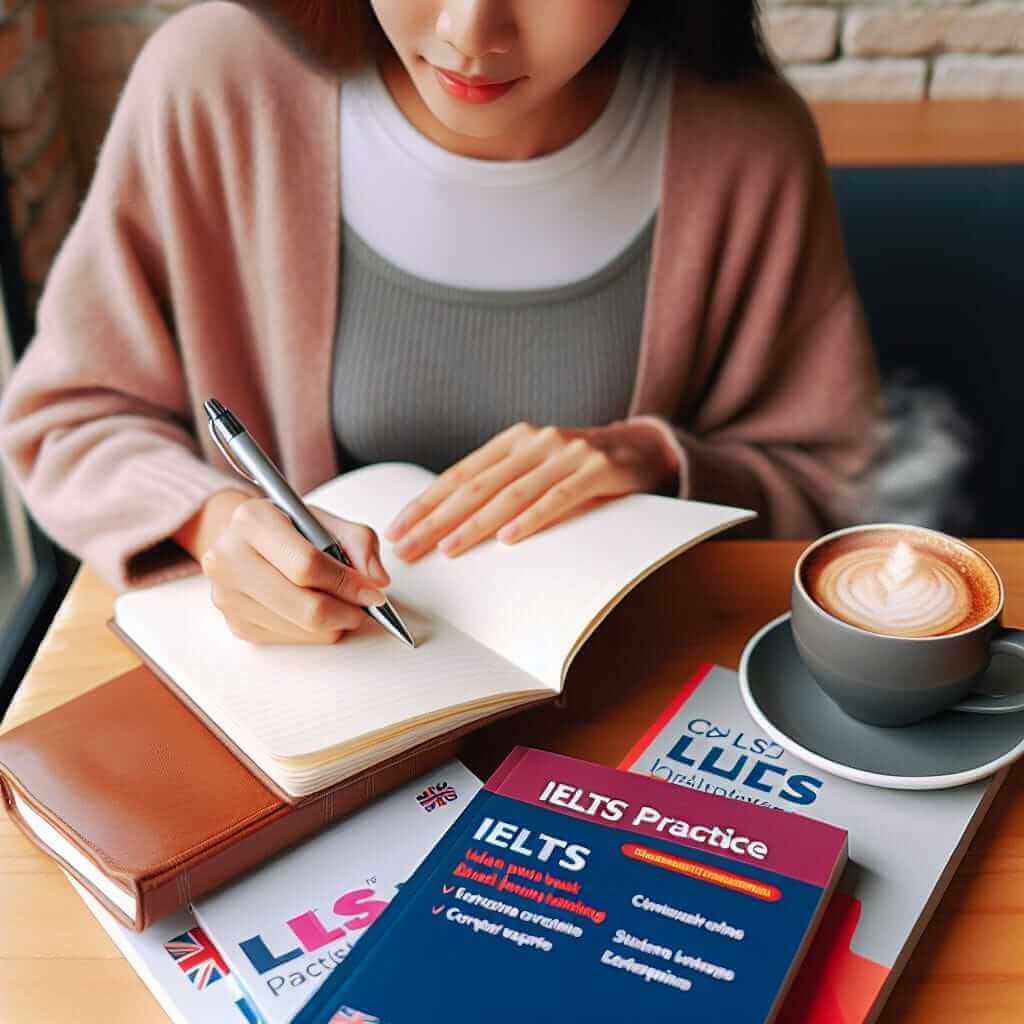Many IELTS candidates wonder about the best way to conclude their essays. While “in conclusion” and “to sum up” are common phrases, are they overused? This article will explore effective ways to summarize your arguments, boost your vocabulary score, and impress the IELTS examiner.
Let’s look at a few examples:
Example 1: (Task 2 – Opinion Essay)
…In conclusion, while technology offers undeniable benefits, its impact on our social skills and mental well-being cannot be ignored.
Example 2: (Task 1 – Describing a Graph)
…To sum up, the graph clearly shows a significant increase in online sales between 2010 and 2020.
Example 3: (Task 2 – Discussion Essay)
…Overall, it is evident that both governments and individuals need to take responsibility for tackling environmental issues.
In each example, the summarizing phrase signals the end of the essay and succinctly reiterates the main point.
Understanding the Role of Summarizing Phrases
Using phrases like “in conclusion” and “to sum up” is perfectly acceptable in IELTS writing. They act as signposts for the reader, indicating a clear transition to your final thoughts. However, overusing them can make your writing sound repetitive.
Frequency in IELTS
These phrases are most common in Task 2 essays, where you need to present a clear and concise argument. In Task 1, where you describe data or a process, using these phrases might be less frequent.
Alternatives and Variations for Higher Scores
To achieve a higher score, diversify your vocabulary by using synonyms and sophisticated structures:
Formal Alternatives:
| Phrase | Example |
|---|---|
| In summary | In summary, the benefits of renewable energy outweigh the challenges. |
| To conclude | To conclude, stricter regulations are needed to combat climate change. |
| Overall | Overall, the data suggests a positive correlation between education and income. |
| Taking everything into account | Taking everything into account, it is clear that action is urgently required. |
Advanced Structures:
- Clearly, then… + Main point rephrased (e.g., Clearly, then, investing in public transportation is crucial for sustainable urban development.)
- The evidence suggests that… + Main point rephrased (e.g., The evidence suggests that early language exposure has a profound impact on cognitive development.)
Applying Summarizing Phrases in IELTS Writing
Task 1:
While less common in Task 1, you can still use summarizing phrases, especially when concluding a complex description:
Example: (Describing a Diagram)
…In summary, the process of coffee production involves a series of steps from harvesting the beans to packaging the final product.
Task 2:
Summarizing phrases are essential for a strong conclusion in Task 2:
Example:
…To conclude, while both sides present valid arguments, I firmly believe that the advantages of… far outweigh the disadvantages.
Common Errors and How to Avoid Them
- Introducing new information: Your conclusion should summarize, not present new ideas.
- Repetition: Don’t merely restate your thesis statement. Rephrase your main points using different words.
- Informal language: Avoid using slang or overly casual expressions like “So, yeah…” or “All in all…”

Conclusion
Using summarizing phrases effectively is crucial for a well-structured and coherent IELTS essay. By learning a variety of phrases and avoiding common errors, you can confidently express your ideas and aim for a higher band score. Remember, practice makes perfect! Use the techniques discussed in this article to refine your writing skills and approach your IELTS exam with confidence.